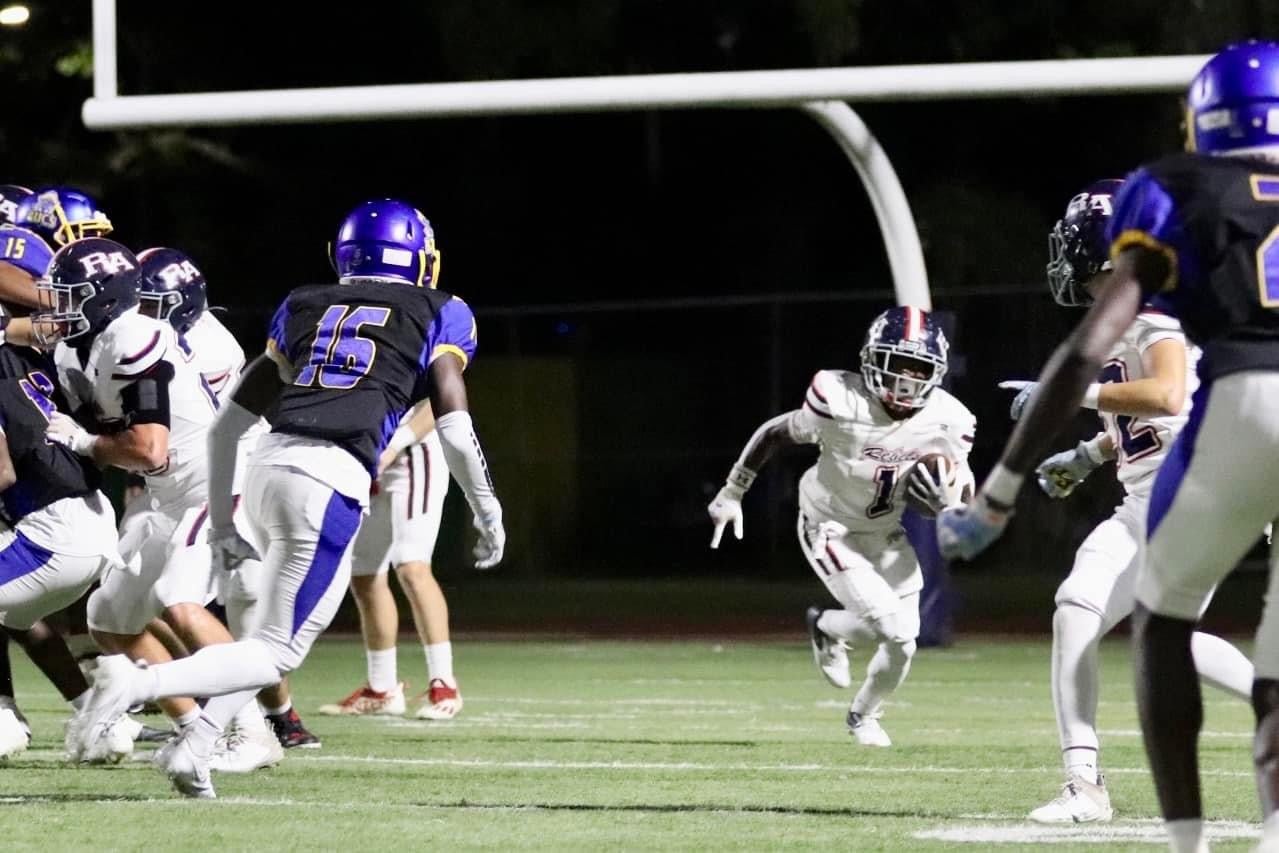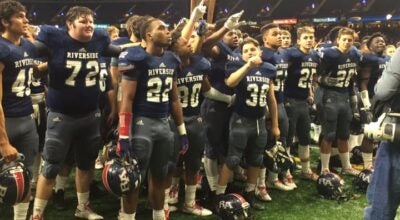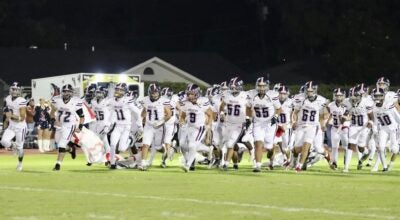Tennis pro stays competitive
Published 12:00 am Thursday, September 20, 2001
By J. EDMUND BARNES
DESTREHAN – Leif Olsson came to the United States from Sweden in January 1985. Arriving from Stockholm with a tennis scholarship to Southeastern Louisiana University, he initially only planned to stay for the spring semester.
“Before I knew it, I was two semesters away from a degree,” said Olsson. Now Olsson is the resident tennis pro for Ormond Country Club.
They say that getting there is half the fun. Olsson began playing tennis when he was nine years old. After playing in Sweden, he began traveling throughout Europe, playing extensively in the regional money tournaments, especially in France. As good as he was, Olsson never played at the ATP level, though.
But in spring of 1985, Southeastern offered Olsson a full ride to play Division IA tennis. Olsson studied and played tennis during the school year. During the summer he would play in the regional money tournaments.
After the summer tournament season of 1989, Olsson took a job in Sweden as head pro at a large tennis club. But in 1990 he returned to Louis-iana to take an assistant coaching job at Southeastern.
One year later he was the head tennis coach at SLU.
The best thing about being a division IA head coach is “Your word is law. Non-negotiable. As long as you know what you’re doing that is a good thing,” said Olsson.
“You have the support to build your program,” continued Olsson.
“You have the opportunity to develop your players over their college careers and make them better tennis players as well as better people.”
“Balancing (a player’s) academic and athletic life can be the biggest challenge at times because of the pressure to win and the schedule of the program,” explained Olsson.
Olsson coached at SLU for four years. During that time he pushed for unity in the team that had talent from the United States, South America and Europe.
“One way to promote unity is to make sure everyone speaks English at any given time,” said Olsson, who went on to explain that speaking one’s native tongue, be it German, Dutch, Spanish or Swedish is not conducive to the team effort.
Olsson came to Ormond after four years at Southeast-ern when Ormond’s resident pro Mike Anderson departed for English Turn. During his coaching tenure at SLU, Olsson had earned a masters in business administration.
Olsson rates teaching tennis as his most important job at Ormond.
Olsson said interacting with and being of service to the members is also important, as well as being able to plan, organize, and execute tennis events.
Among the events that Olsson is responsible for are the United States Tennis Association and Louisiana Tennis Association sanctioned Ormond Youth Classic, a junior tournament that Ormond hosts early in July.
Other important events are the mixed member-guest tournament held in the spring, and the member-guest tournament held in the fall.
“Long term planning involves sponsorships, delgating tasks to committee members, coordinating with the club for food and drinks, and budgeting for costs,” said Olsson.
Olsson said there are two vast differences between being the head coach at a division IA program and being a club pro.
The first major difference is in the level of play. Simply put, IA tennis players are elite.
“Having to deal with that level of play is different from the club level,” said Olsson.
The second major difference takes more subtly.
“Head coach equals dictator. Totalitarian. Here the roles are reversed,” said Olsson. “Here you’re in the service industry.”
Olsson said if an NCAA position came open he wouldn’t be adverse to going back into the coaching profession.
“Its an option,” said Olsson.
Being a club pro involves less pressure than being a coach “from the perspective of competition and winning every match,” said Olsson.
“There are no major cons,” to being a club pro, said Olsson.
“You have to learn to interact with all different kinds of people to be able to function in this kind of work environment. Its just very different from being a head coach.”
According to Olsson, “Battling the heat constantly in the summertime” is the only bad part to being a club pro.
The heat was also the worst part of Olsson’s current tennis game.
“I still try to play. I was out with tennis elbow for two years. Before I was hurt I traveled on weekends. I would go to different money tournaments.”
In 1998, Olsson was ranked #1 in the state in the open, mens and doubles. He was #3 in the south in men’s open play.
The best aspect of Olsson’s tennis game is “Tenacity. All around baseline and volley play does what needs to get done. I don’t give up. I hang in there and fight until the end. But at 115 degrees, the heat tends to get to me a bit.”





